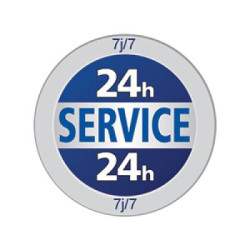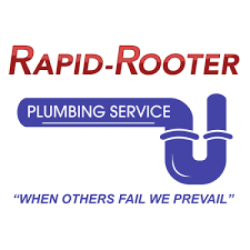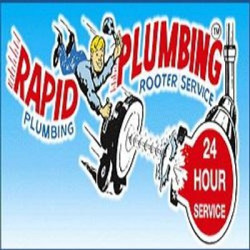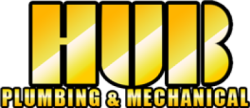Search
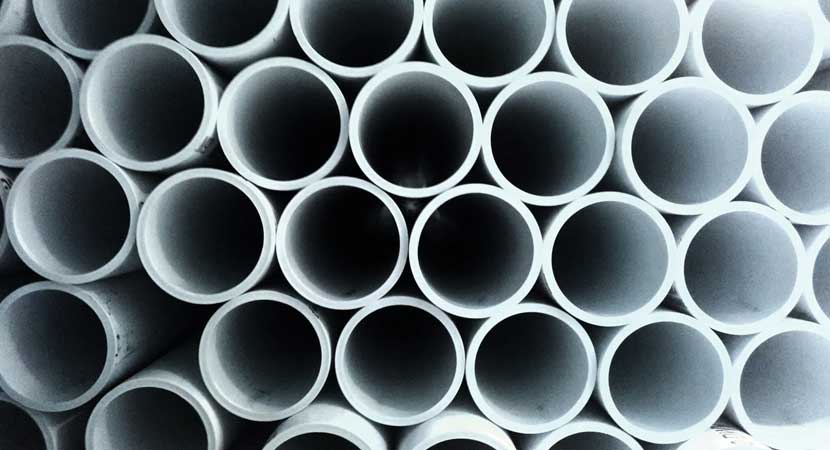
Plumbing Company
Plumbing Directory. Are you looking for Plumbing Company near you? You are at the right place here.
Plumbing systems follow the basic laws of nature: gravity, pressure, and water seeking its own level. Knowing this, you will understand the "secret" and be able to repair your home's plumbing system time and time again. It will save you time, effort, and money.

Your home's plumbing system is made up of two separate subsystems. One subsystem provides fresh water and the other removes wastewater. Water entering your home is under pressure. With enough pressure, it penetrates your home and gets to the top floor, around the corner, or wherever you need it. When water enters your home, it passes through a meter that records your usage. Water stop valves are usually located near the meter. In the event of a plumbing emergency, it is important to close the main shutoff valve immediately. Otherwise, if a pipe bursts, your home could flood quickly. If your emergency, such as a water leak, is limited to your sink, shower, or toilet, you may not want to shut off your entire water supply. Therefore, most faucets require a separate shutoff valve.
For cold water needs, water from the main source is readily available. However, heating water requires another step. Pipes carry water from the chilled water system to the water heater. Hot water pipes conduct hot water from the heater to all fittings, sockets, and devices that require hot water. The heater's thermostat turns the unit's heating element on or off as needed to maintain the selected temperature. Typical temperature settings for domestic water heaters are 140 to 160 °F (60 to 71 °C), but 120 °F (49 °C) is usually sufficient and more economical. Some automatic dishwashers require hot water, and many have water heaters that raise the temperature an additional 20 degrees Fahrenheit.
Drainage system
Regardless of whether your home is connected to a sewer or septic system, your home's system is essentially the same. Unlike supply systems, drainage systems are not pressure dependent. Instead, the drains all slope downward toward the sewer, allowing waste to leave your home. Gravity pulls the waste along with it. Sewer pipes direct this downward flow to a sewage treatment plant or septic tank.

Although this system seems simple, there is much more to it, including vents, traps, and flush ports. Air flows into the drain pipes through vents that protrude from the roof of your home. If air is not supplied through the vents, the wastewater will not drain properly and the water in the siphon will need to be sucked out.
Siphons are an important part of drainage systems. Traps can be found under every sink. This is the curved or S-shaped part of the pipe below the drain. Water flows out of the basin with sufficient force, passes through the siphon and flows out through the drain pipe. However, enough water remains in the trap to form a seal that prevents sewer gases from flowing back into your home. All devices require traps. The toilet closes automatically and does not require an additional siphon in the drain pipe. Older bathtubs often have a drum trap, which not only keeps out sewer gases, but also traps hair and dirt to prevent drain clogs. However, drum trap does not meet current code standards. Some kitchen sinks have grease traps that trap oil that can cause clogs. Drain blockages are commonly caused by grease and hair, so traps often come with a cleaning plug that allows you to easily remove or resolve blockages.
Drainage systems include all of these components and are therefore commonly referred to as DWVs (Drainage, Waste and Vent Systems). All components of a DWV must be present and functioning for water to flow freely and waste to flow properly. Inspect the pipes in your basement or space under your home to better understand your system. Utilities and Wastewater Subsystems
The utilities subsystem and the wastewater subsystem are two separate operations that don't overlap. However, there are bridges between the two, and these bridges are what make the plumbing system valuable. In plumbing jargon, any bridge between a utility and a sewer system is a fixture.
Toilets, sinks, and bathtubs are fixtures. And so is your outdoor faucet, which is a fixture, as is your washing machine. The fresh water intake and wastewater discharge devices are all built-in and designed to ensure strict separation of the water supply and drainage system.
Some units have separate supply shutoff valves so there is no need to close the main circuit breaker for repairs. It's a good idea to let everyone in your family know where the main valve is in your home and how to use it. It is a good idea to label the main shutoff valve so that everyone can easily find it.
Before starting any plumbing repairs, be sure to turn off the faucet or main valve. Also, check with your local plumber before adding or replacing any pipes in your home. You'll know what's allowed, what's not, and whether homeowners can do the work themselves. If you get the green light, you can save a lot of money by doing the repairs yourself.
Jersey City Painters & Handyman - Fast Site Solutions
Jersey City Painters & Handyman - Fast Site Solutions
Preferred Plumbing & Drain
Preferred Plumbing & Drain
Hummingbird Technical & Cleaning Services
Hummingbird Technical & Cleaning Services
Chennai Plumbing Company
Chennai Plumbing Company
WEBER & FILS
WEBER & FILS
Toptech Belgium
Toptech Belgium
Plomberie des Pentes
Plomberie des Pentes
BA Services
BA Services
Dépannage plomberie et chauffe-eau à Antony
Dépannage plomberie et chauffe-eau à Antony
Hello Fuite
Hello Fuite
Etienne Services
Etienne Services
Sanitaire Monceau
Sanitaire Monceau
Plombier 24/24
Plombier 24/24
Brothers Plumbing, Heating & Electric
Brothers Plumbing, Heating & Electric
Fix-It 24/7
Fix-It 24/7
Rooter Hero®
Rooter Hero®
Rapid-Rooter
Rapid-Rooter
RAPID PLUMBING & ROOTER SERVICE
RAPID PLUMBING & ROOTER SERVICE
Rocket Plumbing & Drain Cleaning
Rocket Plumbing & Drain Cleaning
Rite Plumbing and Heating
Rite Plumbing and Heating
Hub Plumbing & Mechanical
Hub Plumbing & Mechanical
Login to your Be found - Be connected account

Sign in by Email
No Account yet? Click here to signup
Already have an account? Sign In
FEEDBACK / SUGGESTIONS
Give us your valuable feedback to make website more user friendly


Leave your details below














